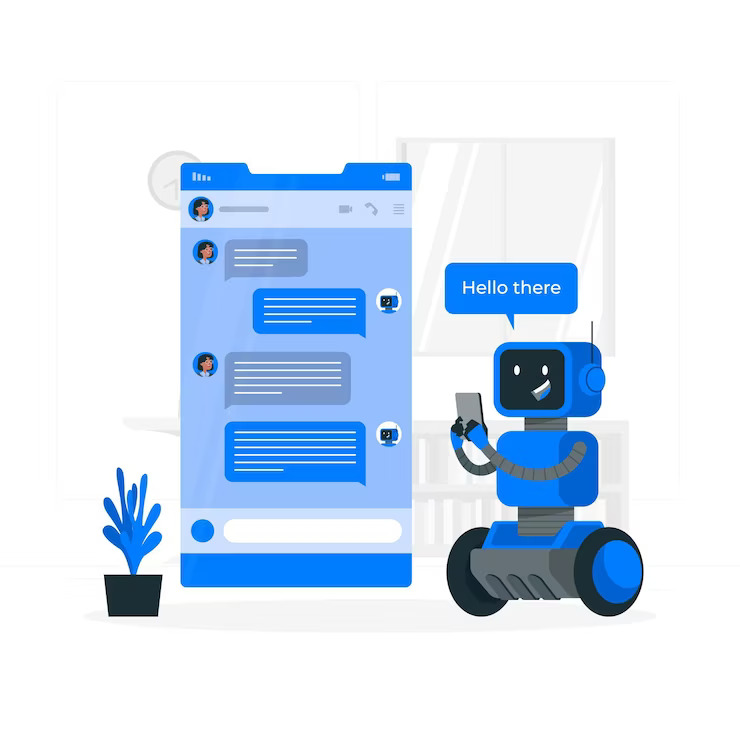About GPT in Artificial Intelligence
Full form of GPT is Generative Pre-trained Transformer. This term has gained significant popularity in the field of artificial intelligence (AI), especially with the rise of language models like GPT-3 and GPT-4, developed by OpenAI. In this blog, we’ll delve into the meaning of GPT, its components, and why it matters in the world of AI.
Introduction to GPT
Generative Pre-trained Transformer (GPT) is a type of language model that has revolutionized natural language processing (NLP). Developed by OpenAI, GPT models are designed to understand and generate human-like text, making them highly valuable for various AI applications.
Breakdown of GPT Components
Generative
The “Generative” aspect of GPT refers to its ability to generate text. Unlike traditional models that rely on pre-defined responses, GPT can create new, coherent, and contextually relevant text based on the input it receives. This generative capability is what makes GPT models so powerful for tasks like content creation, language translation, and conversational AI.
Pre-trained
The “Pre-trained” component indicates that the model has undergone extensive training on a diverse range of texts before being fine-tuned for specific tasks. This pre-training involves feeding the model vast amounts of data from books, articles, websites, and other text sources, allowing it to learn the intricacies of language, grammar, and context. The pre-training process significantly reduces the time and computational resources required for developing effective language models.
Transformer
The “Transformer” refers to the underlying architecture of the model. Transformers are a type of neural network architecture designed for handling sequential data, making them particularly well-suited for NLP tasks. Introduced by Vaswani et al. in 2017, transformers use self-attention mechanisms to weigh the importance of different words in a sentence, allowing the model to capture long-range dependencies and context more effectively than previous architectures like recurrent neural networks (RNNs).
Importance of GPT in AI
GPT models have had a profound impact on the field of AI, especially in NLP. Some key reasons for their importance include:
- Versatility: GPT can be applied to a wide range of tasks, from text generation to sentiment analysis and machine translation.
- Accuracy: Due to extensive pre-training, GPT models often outperform traditional models in various NLP benchmarks.
- Efficiency: Pre-trained models reduce the need for large amounts of task-specific data and computational power for training.
Applications of GPT
GPT’s capabilities have led to its adoption in numerous applications, including:
- Chatbots and Virtual Assistants: GPT powers conversational agents that can engage in natural, human-like dialogues.
- Content Creation: Writers and marketers use GPT to generate articles, blogs, and social media posts.
- Language Translation: GPT models can translate text between multiple languages with high accuracy.
- Summarization: GPT can summarize long documents into concise, relevant points.
- Programming Help: Developers use GPT for code generation and debugging assistance.
Future of GPT and AI
The future of GPT and AI looks promising, with ongoing research and development aimed at enhancing the capabilities of these models. Some potential advancements include:
- Improved Context Understanding: Future models may better grasp context and nuance, leading to more accurate and relevant text generation.
- Multimodal AI: Integrating GPT with other AI modalities like vision and speech could lead to more comprehensive and versatile AI systems.
- Ethical AI: Efforts to address biases and ensure ethical use of GPT models will continue to be a priority in the AI community.
2nd time we again remember answer and main points of these blog from below two lines.
What is Full Form of GPT ?
Generative Pre-trained Transformer
Conclusion
Understanding the full form of GPT and its components is essential for appreciating the advancements in AI and NLP. Generative Pre-trained Transformers have revolutionized how we interact with machines, enabling more natural and intelligent communication. As AI technology continues to evolve, GPT models will undoubtedly play a crucial role in shaping the future of human-machine interactions.



